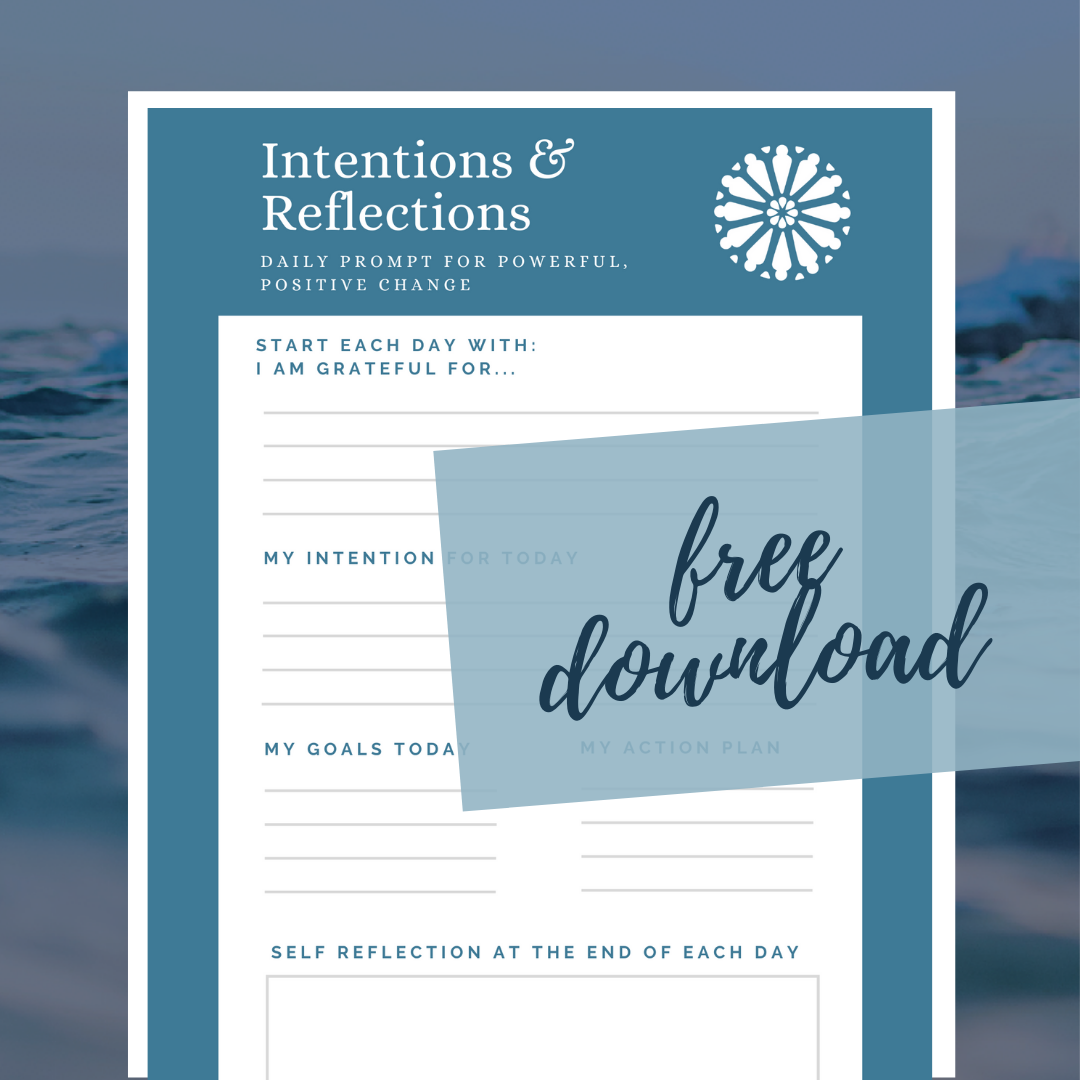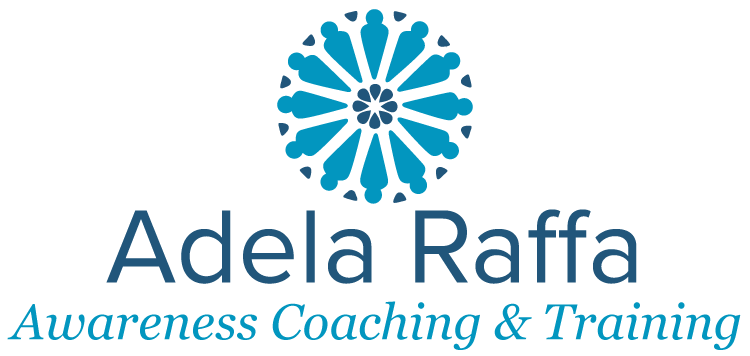7 Skills to Manage & Resolve Conflict

Photo by Eric Ward | @ericjamesward
Conflict. Difficult conversations. Upset. How do you navigate those troubled waters? Most of us have established a pattern of how we react/ respond.
Question: Do you know your style of “conflict resolution” and would you like to learn a different perspective? Let’s take a look at what the experts say about it.
Kenneth Thomas and Ralph Kilmann developed five conflict resolution strategies that people use to handle conflict, including avoiding, defeating, compromising, accommodating, and collaborating. Let’s explore:
Accommodating. This style is about simply putting the other parties needs before one's own.
Avoiding. This style aims to reduce conflict by ignoring it, removing the conflicted parties, or evading it in some manner.
Compromising. Often referred to as the “lose-lose” method. When you address conflict with this style, you encourage each side to make some significant sacrifices.
Competing. Competing style is assertive and uncooperative. The goal of competing style is typically to end the conflict as quickly as possible.
Collaboration. Seeks to produce “win-win” results. Collaborating style tries to find a solution that truly satisfies everyone involved.
My perspective on conflict is to consider it as a catalyst for change. Without romanticizing or denying how difficult (dangerous and costly at times); conflict holds possibilities and can also be incredibly transformative. Think about it: conflict is often a result of either poor communication or emotional agendas. With a different skill-set and more tools, conflict doesn’t have to be viewed as only negative.
In my Confident Communication Course, I teach the skills and “the how”, but here’s a sneak peak:
Here are 7 skills of managing yourself during conflict:
Be intentional with your communication: a word can heal, but also do harm.
Stay focused on the current issue.
Think of it as resolving…not winning. Ask “What’s right, not who’s right.”
Describe what’s happening with facts, not judgment.
Make more I statements, less ‘you’ statements.
Ask more open-ended questions, make less assumptions.
Make conflicts a “teachable moment” (conflict is often a catalyst for change).
To master those skills, I recommend(and teach) NLP techniques such as rapport building, outcome thinking and active listening. Another thing we practice in NLP is “Perceptual Positions” which essentially means looking at things from different angles.
If we can remember that every person seeks to be seen, to be heard and to matter, but don’t always have the proper tools to express, it becomes easier to let go of the need to be right and simply do the right thing.
To Powerful, Positive Change…Cheers!

“Adela helped me during my darkest hours, when I felt hopeless and alone. Her compassion and support helped me find strengths within myself I didn’t know existed. Her belief in me became my guiding light until I could carry it for myself.”
– Jennifer
